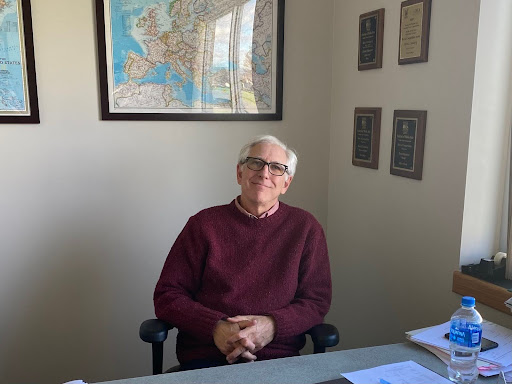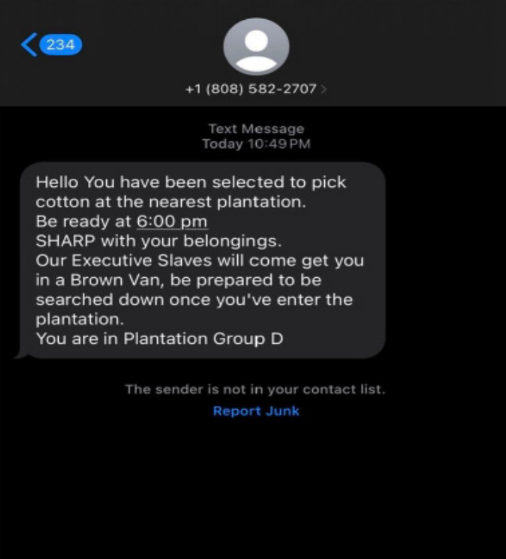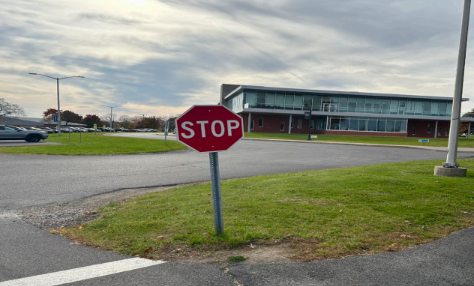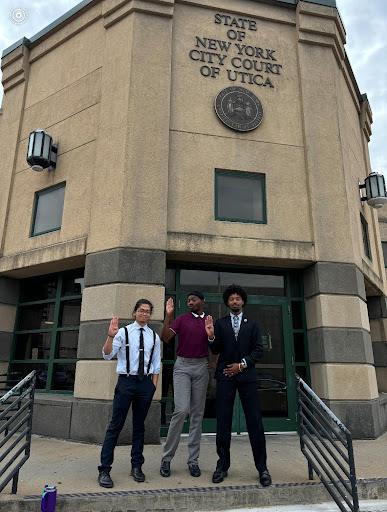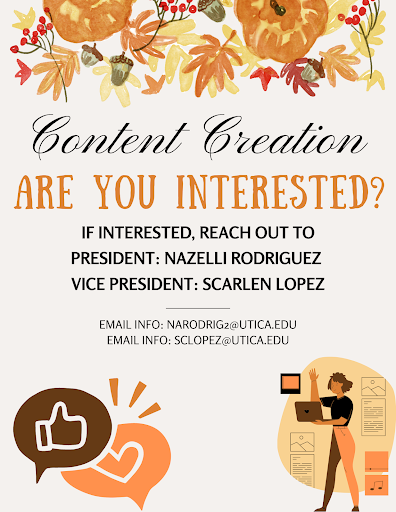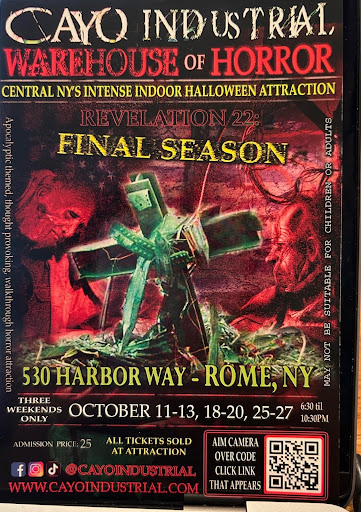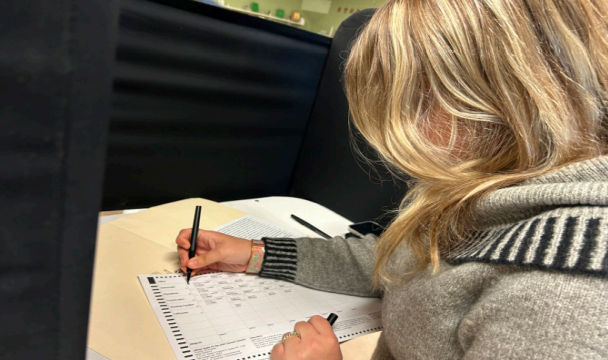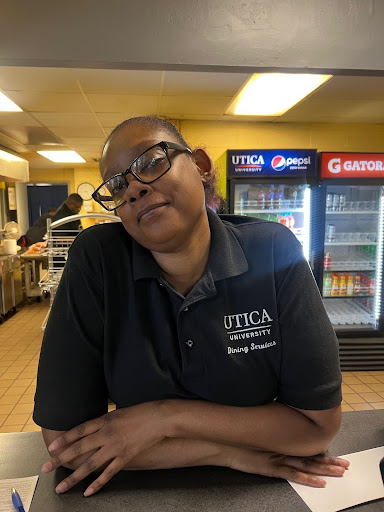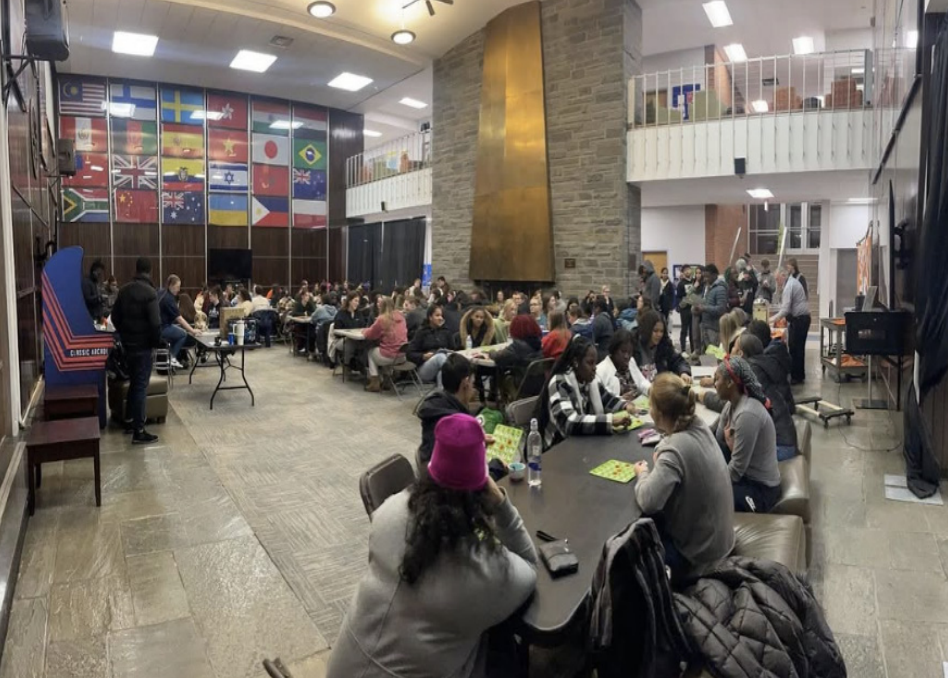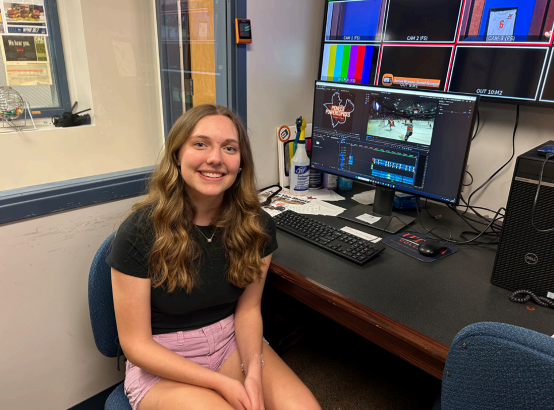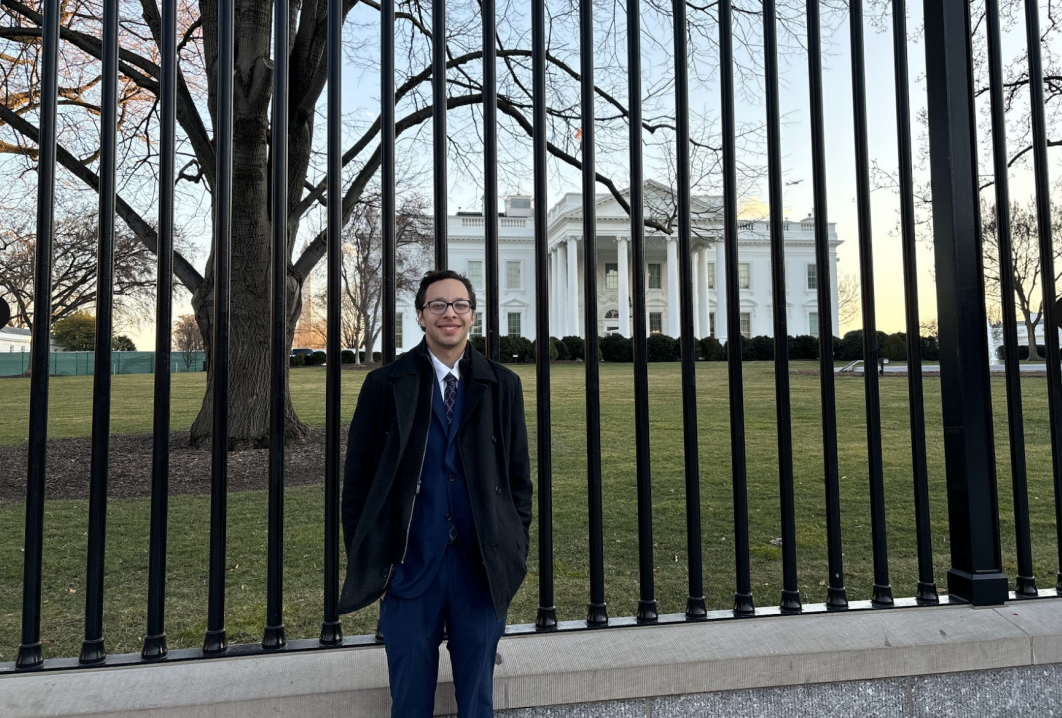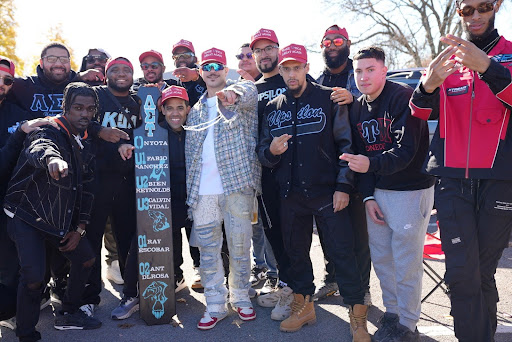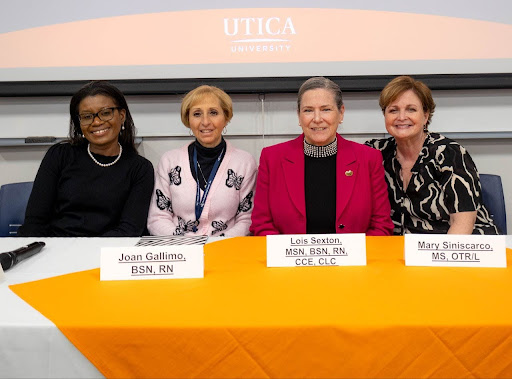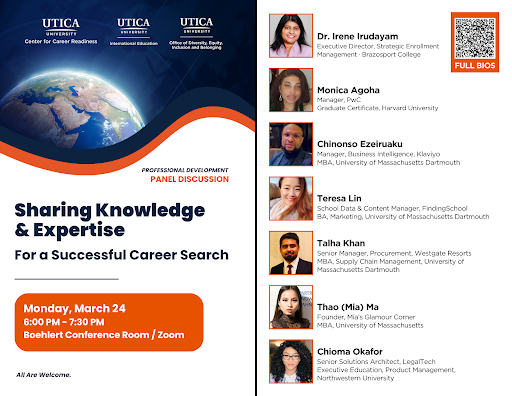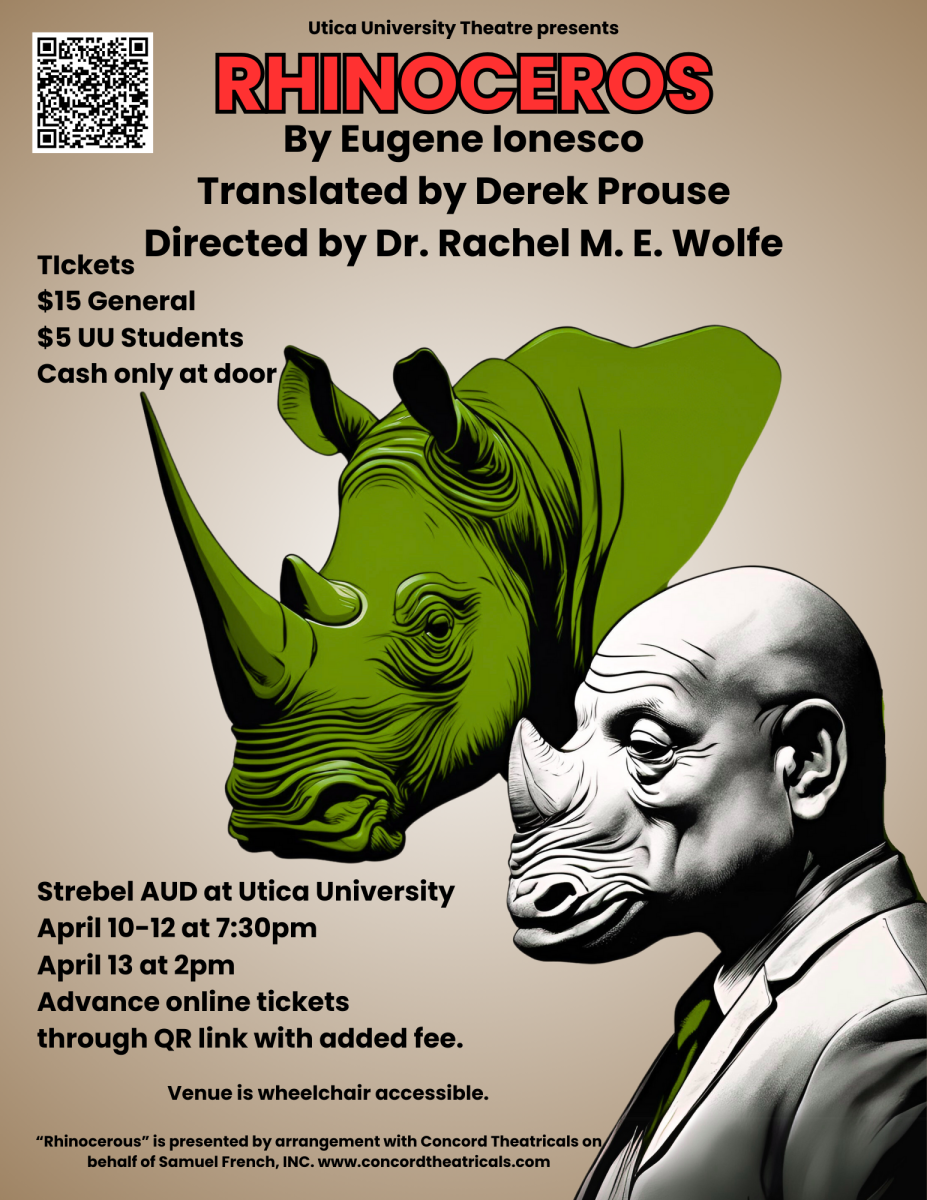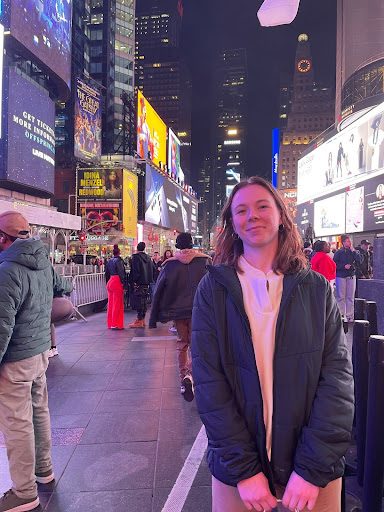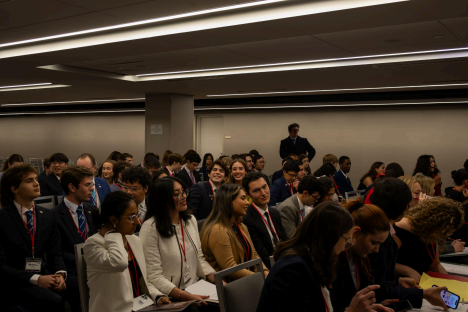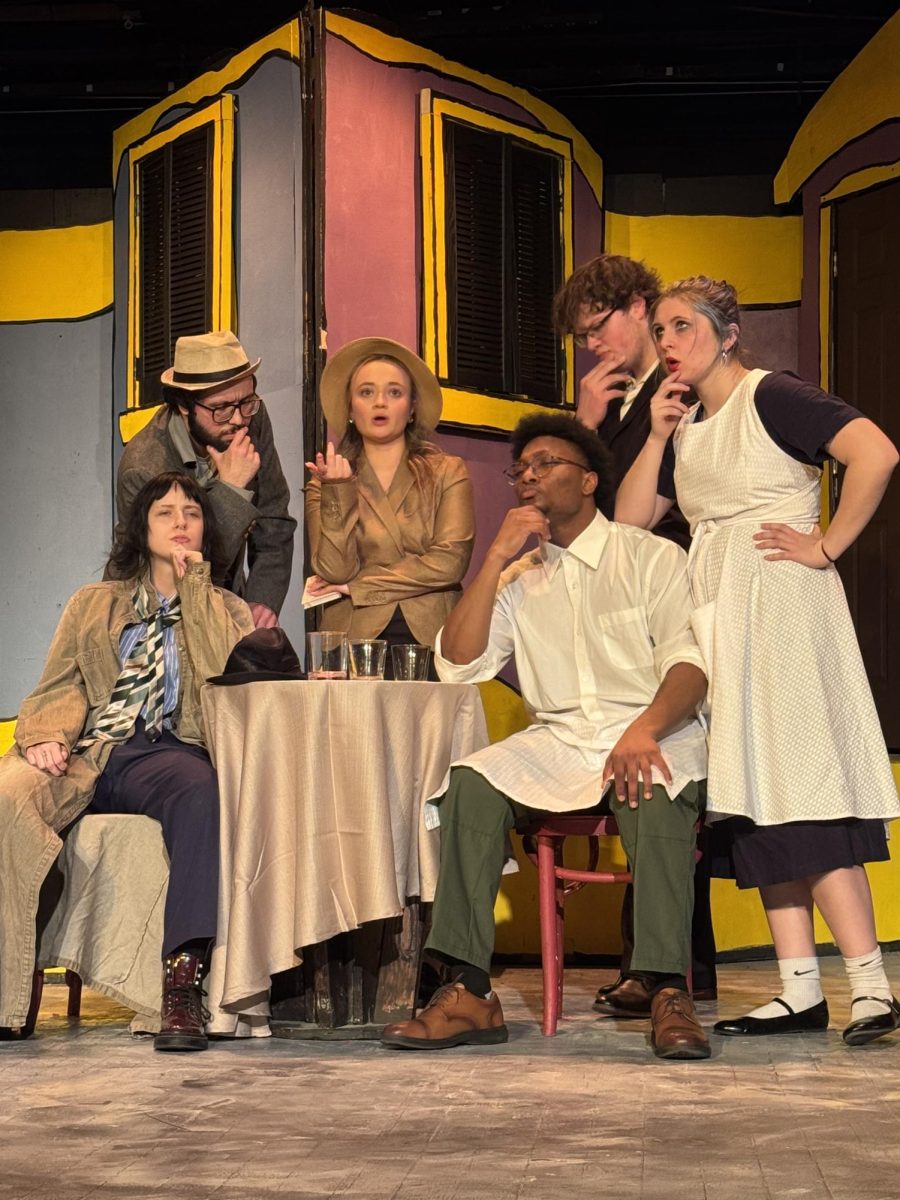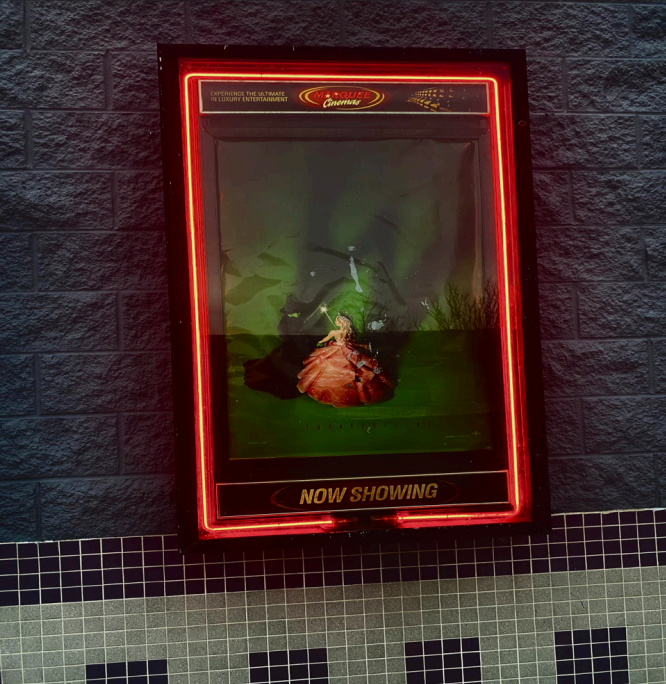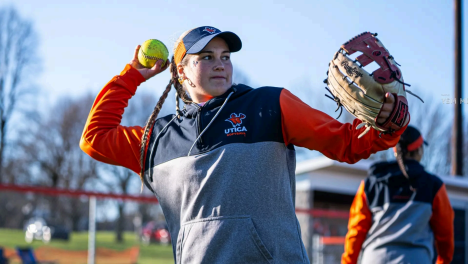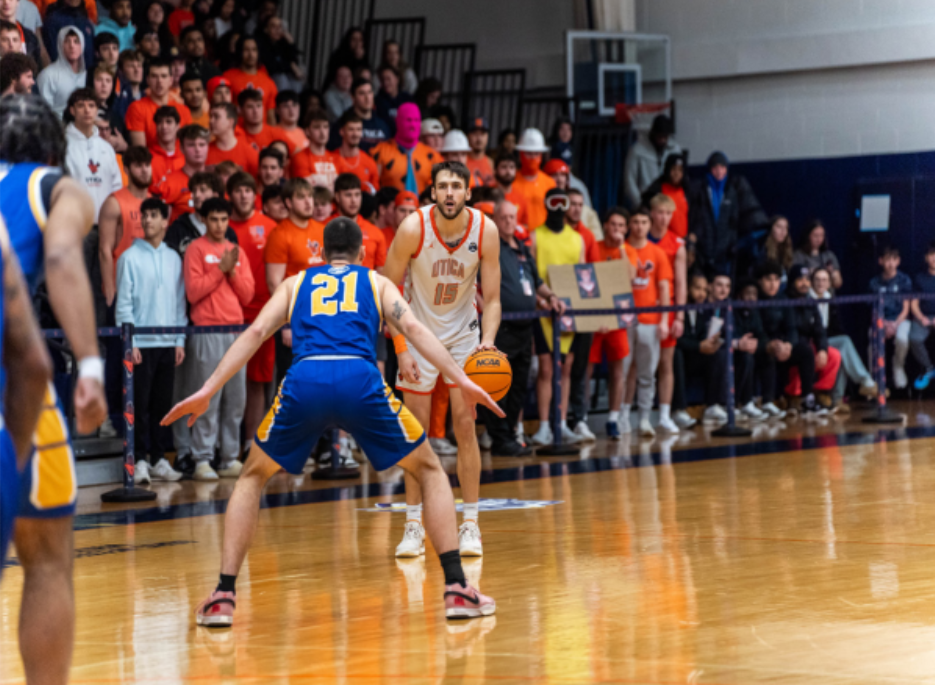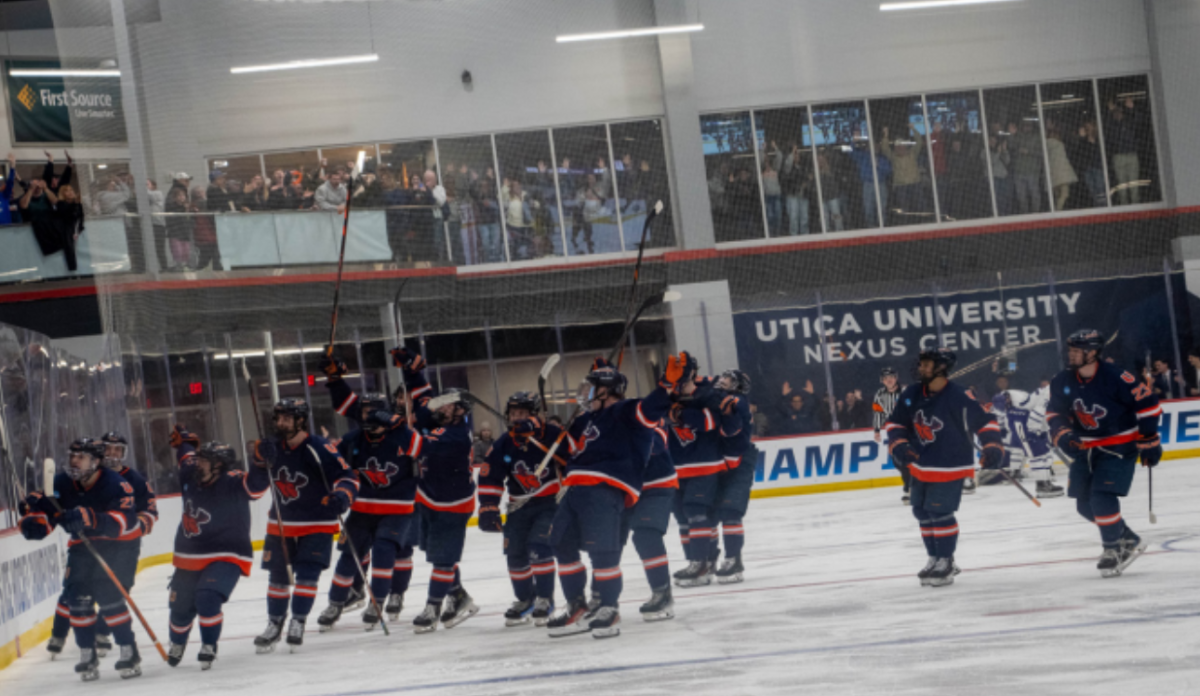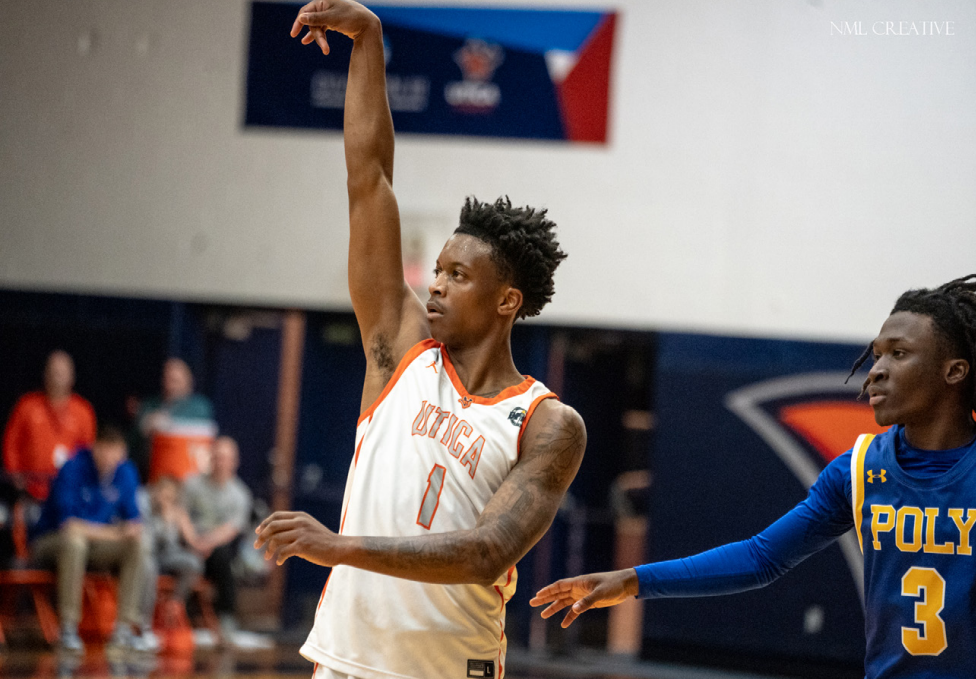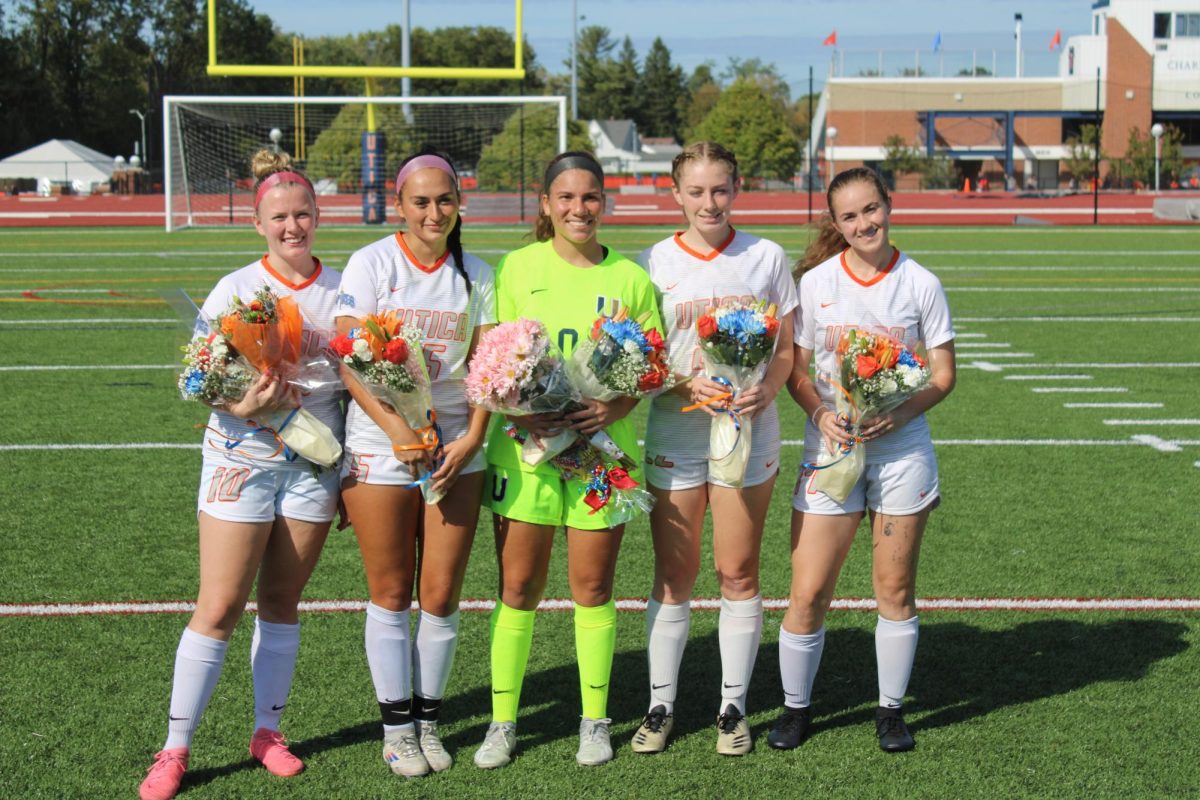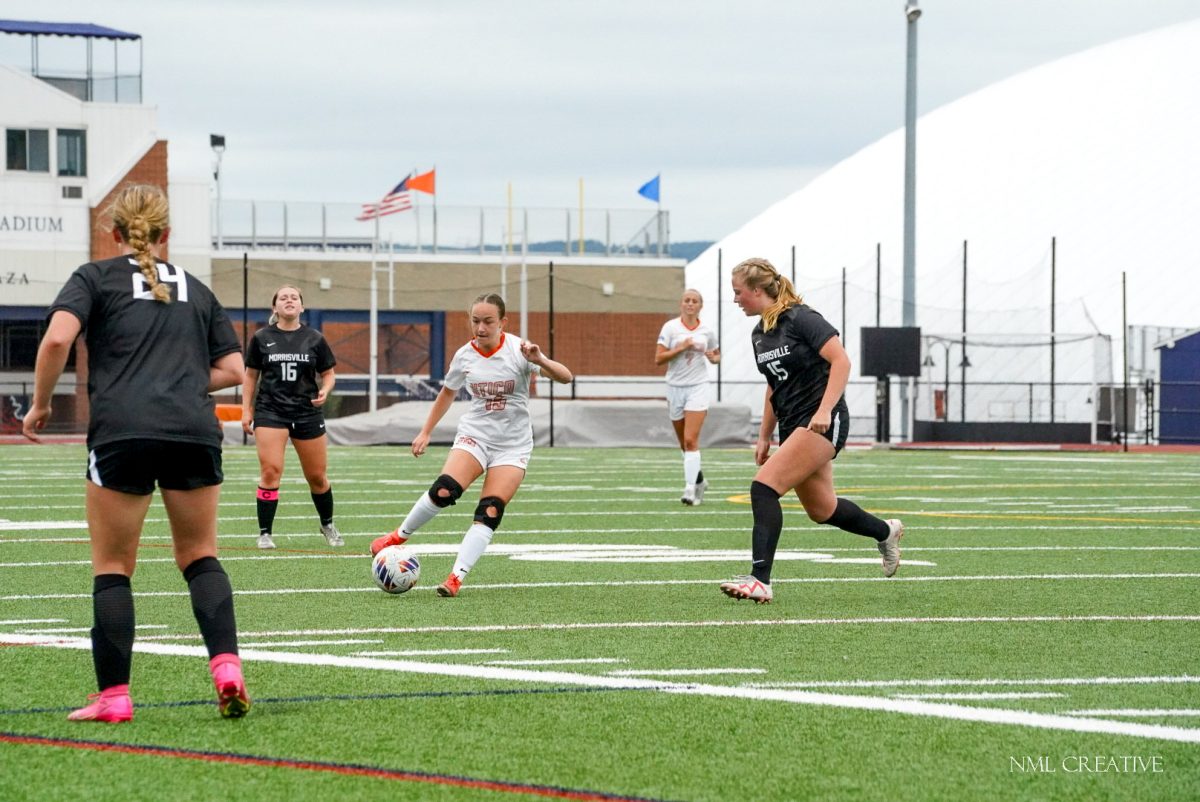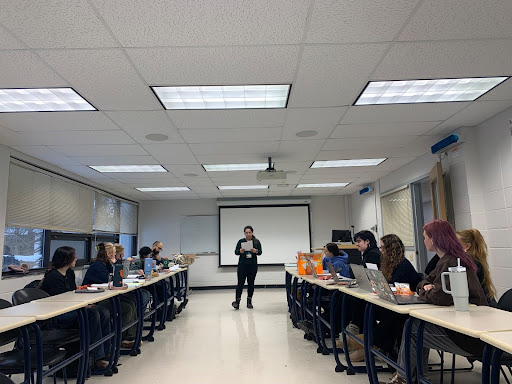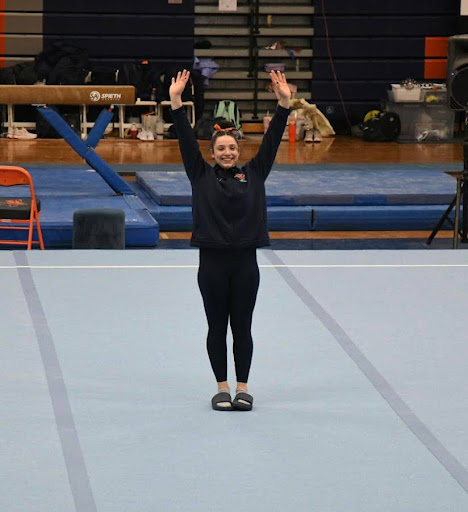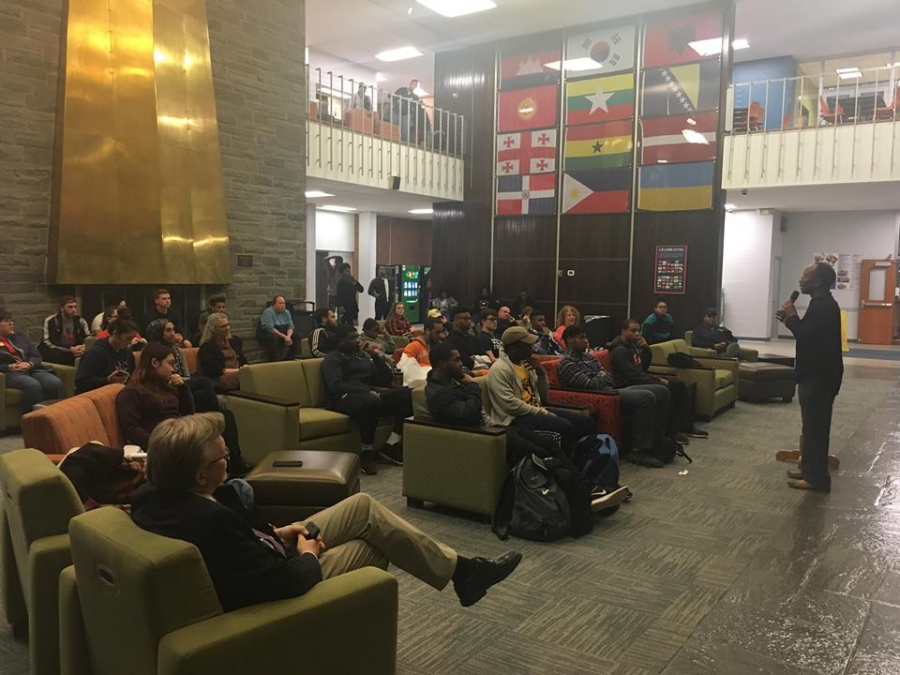Maria M. Silva, Staff Writer
Dozens of Utica College students gathered on Feb. 20 in Strebel Center Lounge to debate topics on racism and race relations on campus, in the community and in the country.
The talk organized by members of Brothers On a New Direction (BOND) included a presentation from Patrick Johnson. He offered knowledge and questions encouraging critical thinking on how to address the issue of racism and how to improve race relations.
Following the events of Charlottesville and UC’s controversy surrounding “segregated” photos taken by students in the Dining Commons, the campus community has had to face tough conversations surrounding issues of race.
Johnson, the founder and director of the New Life Institute, defined racism as a problem that is not only rooted in the foundations of this country, but is still alive within society.
“Racism is a dynamic and an institutional problem that happens in many workplaces and institutions of higher learning, and it often happens without people being aware of it,” Johnson said.
A further definition of racism would be associated with the concept of privilege. Johnson, in the words of Paul Kivel, defined racism as “the unfair and uneven distribution of power, privilege, land and material goods favoring white people.”
As a result of white privilege, racism does not only manifest itself in hate crimes or verbal accusations. Johnson warned that it happens more frequently than many realize.
“There are things that can be labeled as racist that are not always obvious,” he said. “A lot of that is the way organizations are set up where white people are making the policies and how open are they to hearing the concerns and experiences of people of color.”
What is called institutional racism often goes unnoticed, but that does not mean that it does not exist.
“When we look at institutions of higher education in this region, even if most of the administrators, faculty and staff are overwhelmingly white, it is still fair to ask what are they doing to learn about racism, and if they’re not exploring solutions to fight against it that’s a breeding ground for racism to rise up,” Johnson said.
For Johnson, in order to end racism, it is crucial that not only black and brown people are aware of it but everyone else as well.
“It is imperative that everybody understands racism, especially white people,” he said. “That’s because they have the power, the resources and the ability to, at least, reduce racism from happening. Racism is not just a topic for the victims of racism.”
One solution presented by Johnson, in order to deal with racism in an academic environment, was to have an open conversation about ways the classroom atmosphere can be improved so minority voices can be heard.
“If we don’t create that safe place for them to express that, there’s a way that institutional racism and white supremacy can reign,” he said.
BOND President Asad Emi, a junior, said one of the ways the college is complicit in institutional racism is by not offering African American or Asian history majors.
“Without discussions like this we are bound to replicate the same mistakes that previous people made,” Emi said. “In order to solve the problem we can’t be complicit of racism.”
He believes education is the solution to deal with racist incidents like the one that took place on the UC campus last semester.
Emi, like other students, has experienced racism firsthand.
“When I was a freshman, I was called the ‘N’ word in North Hall and what surprised me is that it wasn’t a white student, it was a black student surrounded by white students,” he said.
He also complained that racism is not only present in white people but also among black people.
“Racism is not just dealing with white people attacking black people, or institutional racism, or excluding black people from certain jobs or positions,” he said. “It’s also projecting self-hate on the black community, making us feel inferior, or making us feel that we’re less worthy than white people.”
Senior Kendal Santiago deals with racism everyday.
“I’ve had issues with the police, walking into stores and being followed around, I get dirty looks from people,” she said. “People need to be aware and need to talk about the injustices and the discrimination that minorities in this country face, and if we don’t talk about it nothing is going to change.”
Emi, who has analyzed the historical and cultural context in which the U.S. was formed, explained that racism is built in the genetic code of American society.
“Without the slavery of African-Americans, and without the genocide of Native Americans, this country wouldn’t exist,” Emi said. “To say that these problems are going to be cured overnight is simply ignorant. There’s always going to be problems like these. That’s why education and awareness is so important.”
Events such as these will ultimately prevent racist incidents from taking place, Emi said.
The fact that many white families in this country were associated with the enslavement and exploitation of African-Americans is a hard thing to recognize for many of them, according to Johnson.
To Santiago, the fact that some people feel uncomfortable talking about racism is because they’re blind to it.
“Some people don’t want to admit that it’s still an issue and they probably don’t even talk about it to begin with,” she said.

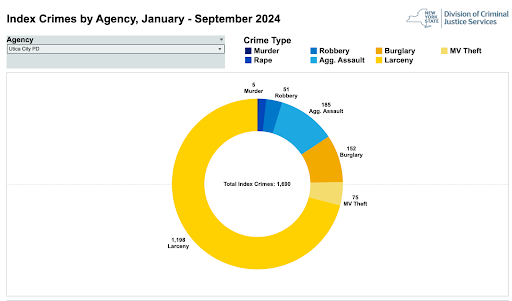



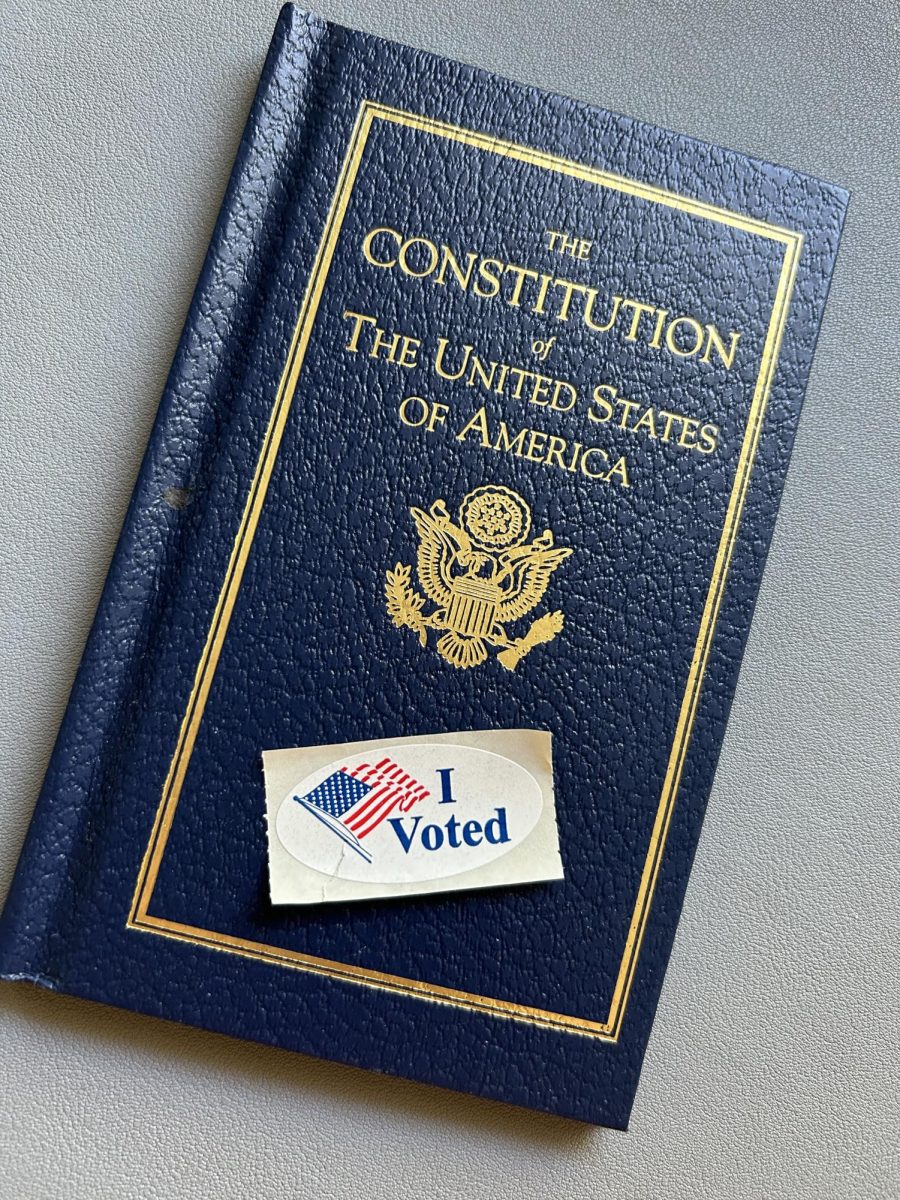

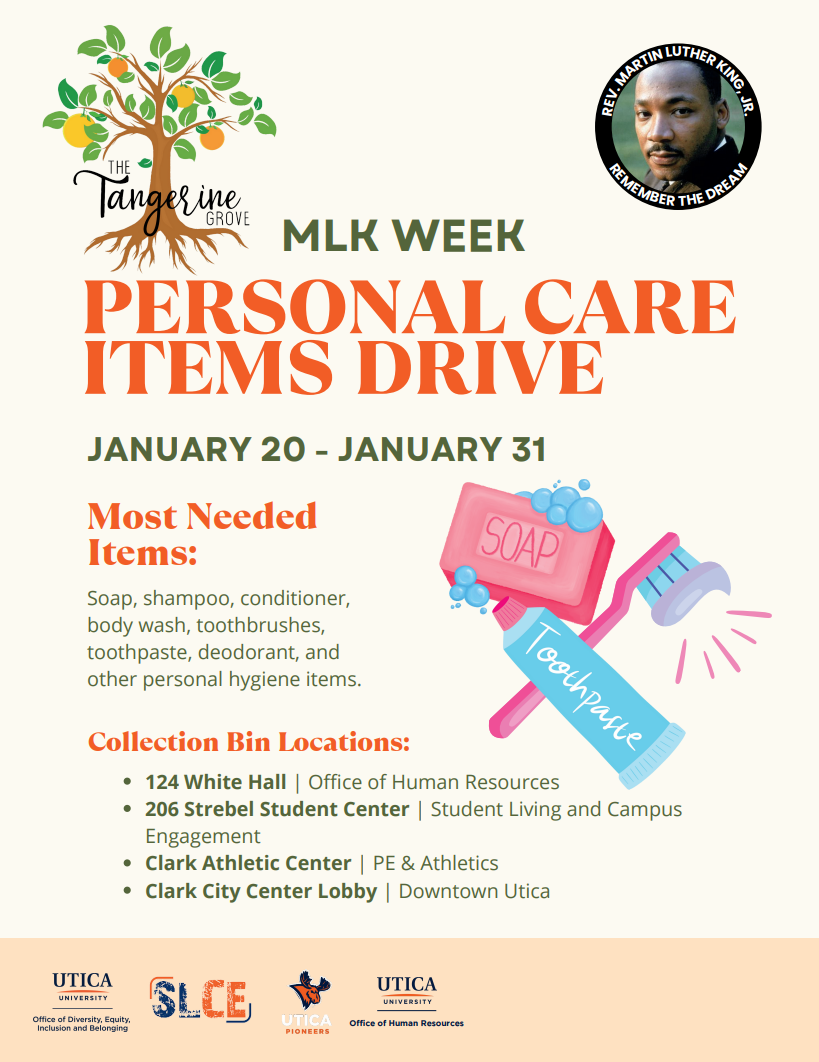






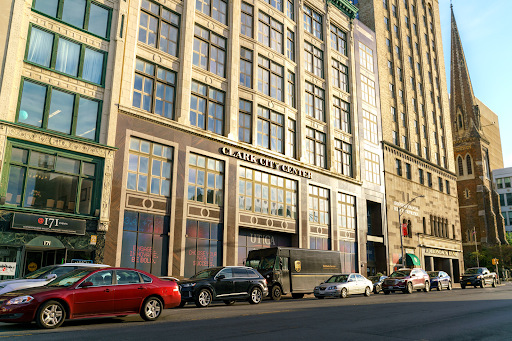
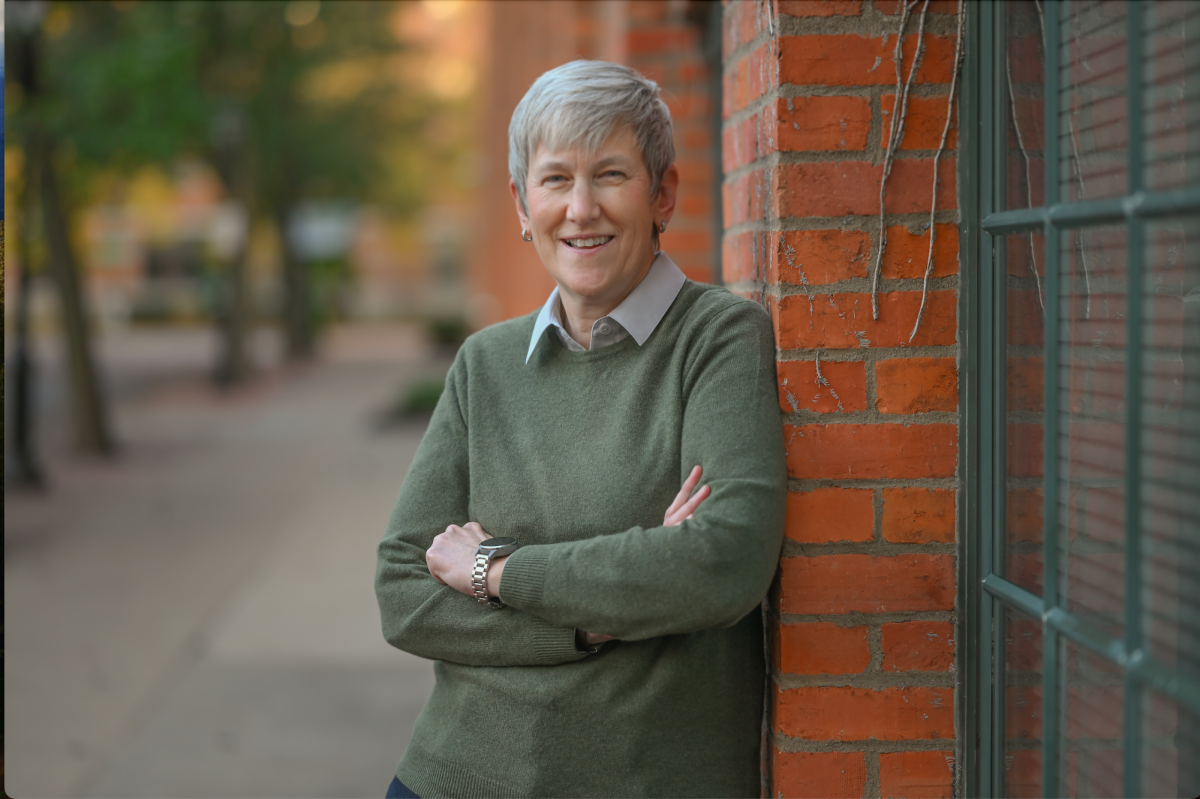


![President Todd Pfannestiel poses with Jeremy Thurston chairperson Board of Trustees [left] and former chairperson Robert Brvenik [right] after accepting the university's institutional charter.](https://uticatangerine.com/wp-content/uploads/2023/10/unnamed.jpeg)
